🧩 DeFi vs. Regulators: Navigating the Tightrope in 2025

The decentralized finance (DeFi) landscape is undergoing significant transformation as regulators worldwide, particularly in the European Union and the United States, implement new frameworks to oversee the rapidly evolving sector.
Europe: MiCA's Impact
The European Union's Markets in Crypto-Assets (MiCA) regulation, effective since late 2024, aims to bring clarity and structure to cryptocurrency markets. While MiCA primarily targets centralized crypto-asset service providers, its implications for DeFi are profound. Projects with identifiable controlling entities are now subject to stringent requirements, including Know Your Customer (KYC) protocols, capital reserves, and detailed disclosures. This has led to a decline in DeFi activity within the EU, with many projects either restructuring to achieve greater decentralization or relocating to more crypto-friendly jurisdictions like Switzerland and Singapore .
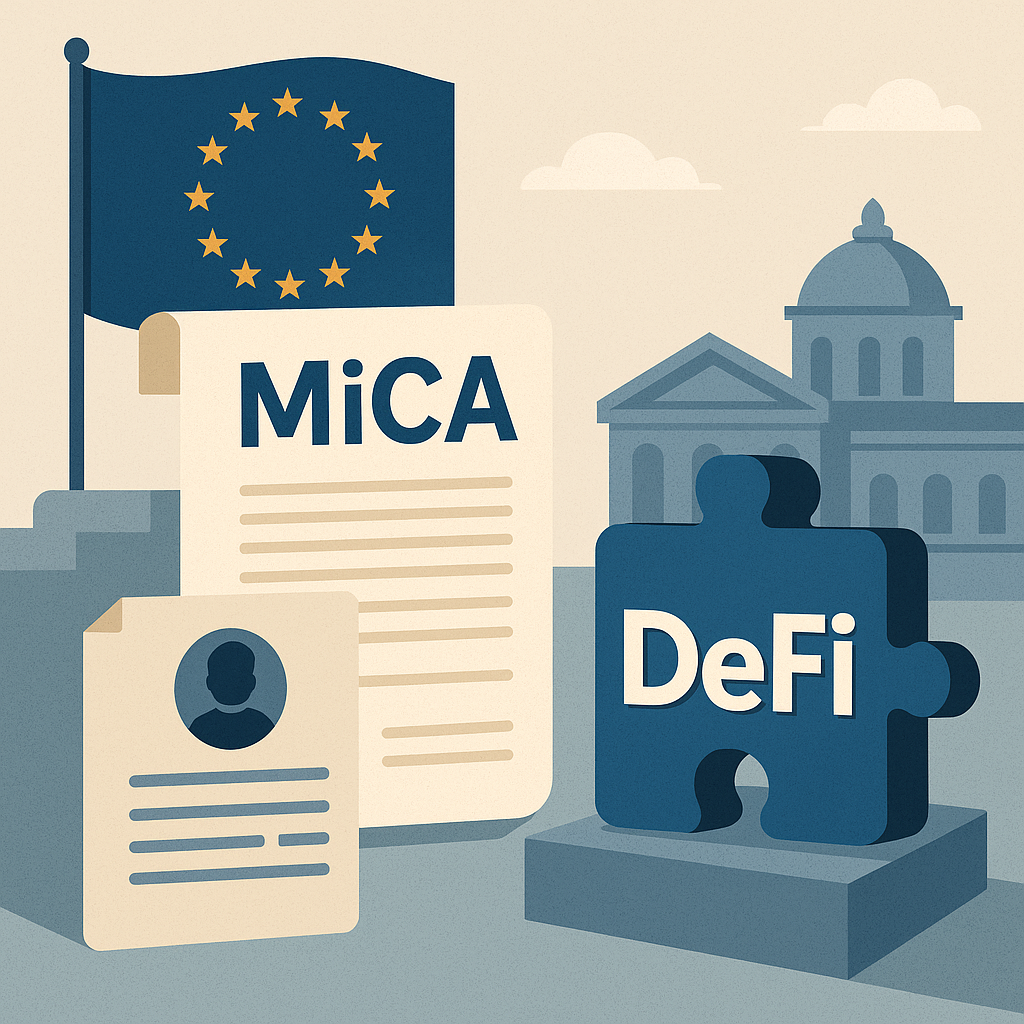
United States: SEC's Stance
In the U.S., the Securities and Exchange Commission (SEC) continues to assert its authority over DeFi protocols, especially those offering yield-bearing products. The regulatory environment remains uncertain, prompting some projects to preemptively implement compliance measures or shift operations offshore to mitigate potential enforcement actions .
DeFi's Adaptive Strategies
In response to regulatory pressures, DeFi projects are adopting various strategies:
Enhanced Decentralization: Over 60% of DeFi projects have upgraded their on-chain governance structures to reduce central points of control, aiming to fall outside the scope of regulations like MiCA.
- Compliance Integration: Some platforms are incorporating KYC layers and working with compliance solutions to align with regulatory expectations without compromising their decentralized ethos .
The DeFi sector stands at a crossroads, balancing innovation with the need for compliance. As regulations evolve, the industry's adaptability will be crucial in shaping its future trajectory.

🏛️ Tokenizing Everything: The Boom of Real-World Assets in DeFi
Tokenization of real-world assets (RWAs) is revolutionizing the DeFi landscape, bridging the gap between traditional finance and blockchain technology. This development aligns with the broader trend of Ecosystem Owned Liquidity (EOL) and the emergence of modular protocols like Mitosis, which enable programmable and capital-efficient liquidity across various asset classes.
🚀 Surge in Tokenized Assets
By early 2025, the total value locked in tokenized RWAs surpassed $20 billion, driven by increasing institutional interest and the pursuit of stable yields. This shift reflects a deeper integration of traditional instruments with decentralized finance (DeFi) infrastructure.
- Government Bonds: Platforms like Ondo Finance offer tokenized U.S. Treasury products, providing investors with accessible, yield-generating assets that feed into yield strategies previously unavailable on-chain.
- Real Estate: Companies are exploring the use of Appchains to tokenize real estate, allowing fractional ownership and increasing liquidity through Collective Liquidity Provision.
- Commodities and Art: Tokenization extends to commodities and fine art, enabling broader investor participation via programmable liquidity, often governed by smart contracts and protected through custodial risk frameworks.
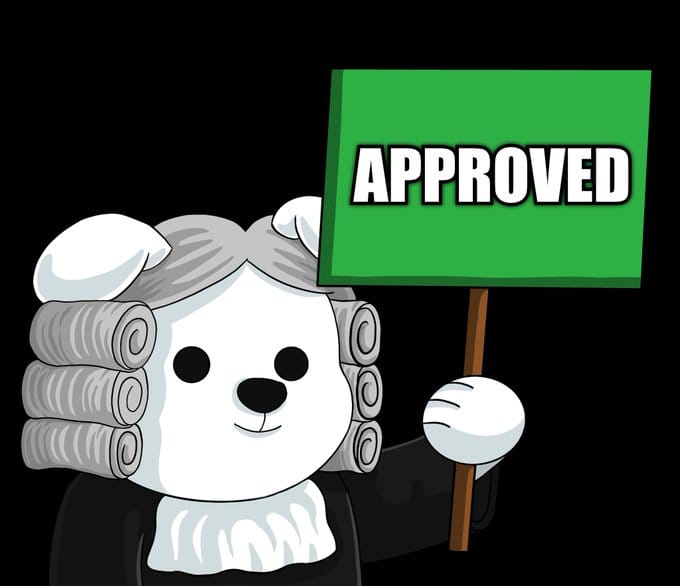
✅ Advantages and Challenges
Tokenized RWAs offer several key benefits:
- Accessibility: Lower investment thresholds democratize access to traditionally exclusive asset classes.
- Liquidity: Through Cross-Chain Liquidity and 24/7 trading on DeFi platforms, capital can move more fluidly than in traditional markets.
- Transparency: Ownership records stored via Ethereum Virtual Machine (EVM)-compatible chains ensure tamper-proof provenance.
However, challenges remain, especially around:
- Regulatory compliance
- Custodial risks
- Lack of standardized frameworks and omnichain infrastructure
The ongoing expansion of Multichain Liquidity Provision (Multichain LP) reflects a significant transformation in finance, with blockchain acting as a unifying layer between DeFi and TradFi.
🎮 Quest to Earn
Gamified DeFi and the New Era of User Engagement
Gamification is emerging as a powerful tool in DeFi, transforming passive users into active participants through engaging, educational, and rewarding experiences. Many protocols are leveraging Movement Tokens and incentive mechanics from Movement Airdrops to promote community involvement.
🧩 Gamification Strategies
Web3 projects are embracing techniques once reserved for gaming:
- Quests and Challenges: Platforms like Zealy and Layer3 implement interactive tasks, rewarding users with NFTs or yield-bearing assets such as miAssets.
- Leaderboards and Competitions: These utilize tokenized rewards and fair market liquidity principles to maintain balance and prevent excessive advantage by whales.
- Educational Games: Tools like RadQuest integrate lessons on Appchain, AMMs, and LP Yield directly into their questlines, encouraging learning by doing.
Some are even introducing Actively Validated Services (AVS) as gamified modules, enabling users to interact with real-time security features by running tasks for additional rewards.
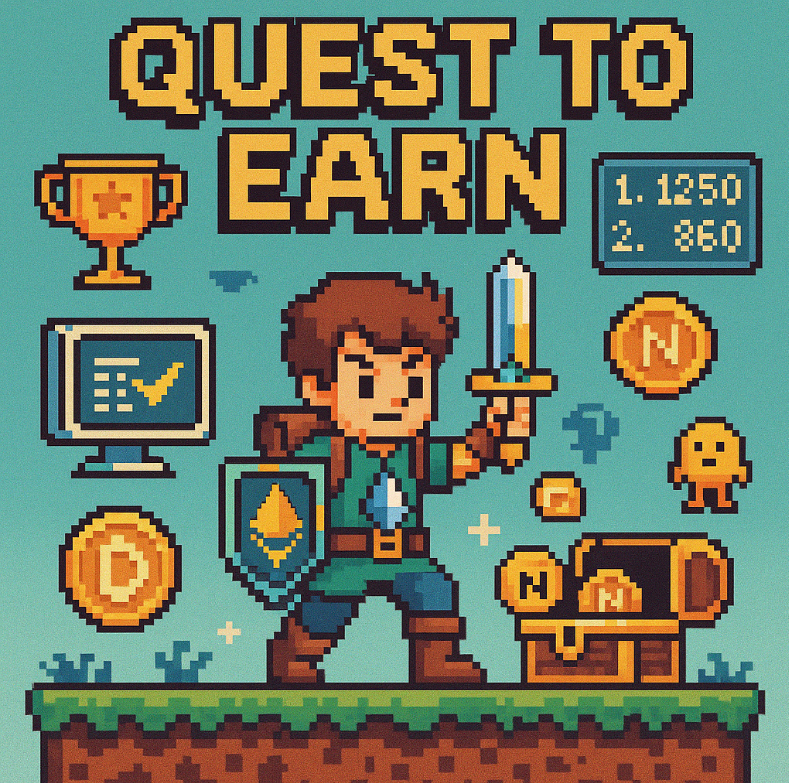
📈 Impact on User Engagement
Gamification enhances the user experience by:
- Increasing Retention: Missions tied to Mitosis Expeditions or airdrops encourage ongoing interaction.
- Promoting Learning: Simplifying liquid staking derivatives (LSDs) and Cross-Chain Bridges through playable content lowers the barrier to entry.
- Building Communities: Interactive campaigns drive a sense of purpose, especially when linked to Matrix Vaults or Ecosystem Owned Liquidity (EOL).
As the lines blur between DeFi and gaming, “Quest to Earn” is proving itself more than a trend, it’s a long-term strategy for sustainable growth and onboarding.
I hope you guys enjoyed this thread about Mitosis. If you have any feedback feel free to hit me a dm on https://x.com/FarmingLegendX

If you want to check out my latest Mitosis University Thread you can visit it here:

Bibliography
Official Mitosis Documentation & Whitepapers
Mitosis Team. (2024). Mitosis: Network for programmable liquidity [Whitepaper]. Mitosis Documentation. Retrieved from https://docs.mitosis.org
Markets in Crypto-Assets (MiCA) Regulation
European Commission. (2024). Markets in Crypto-assets Regulation. Finance. Retrieved from https://finance.ec.europa.eu
Tokenized U.S. Treasuries by Ondo Finance
Allman, N. (2023). Announcing Tokenized US Treasuries and Bonds. Ondo Finance Blog. Retrieved from https://blog.ondo.finance/announcing-tokenized-us-treasuries-and-bonds/
Gamified Web3 Engagement with Zealy
Zealy. (2023). How to Achieve Web3 Engagement: Relative's Gamified Quest Strategy. Zealy Blog. Retrieved from https://blog.zealy.io/case-studies-web3-relative/
RadQuest: Gamified Onboarding in DeFi
Radix DLT. (2024). RadQuest: Redefining Web3 Onboarding. Radix Blog. Retrieved from https://www.radixdlt.com/blog/radquest-redefining-web3-onboarding
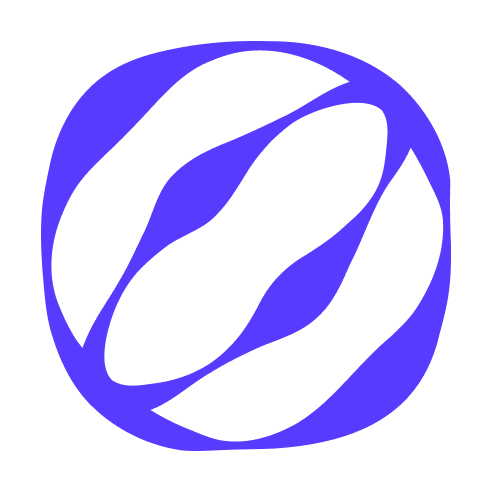
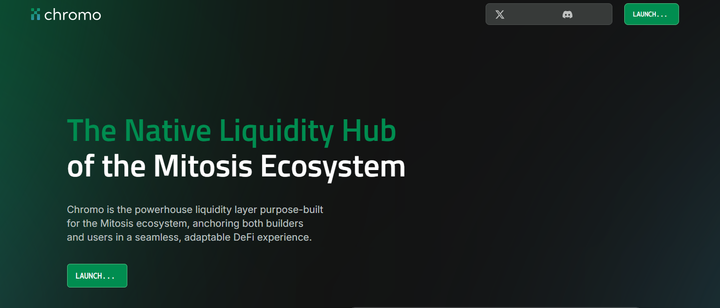
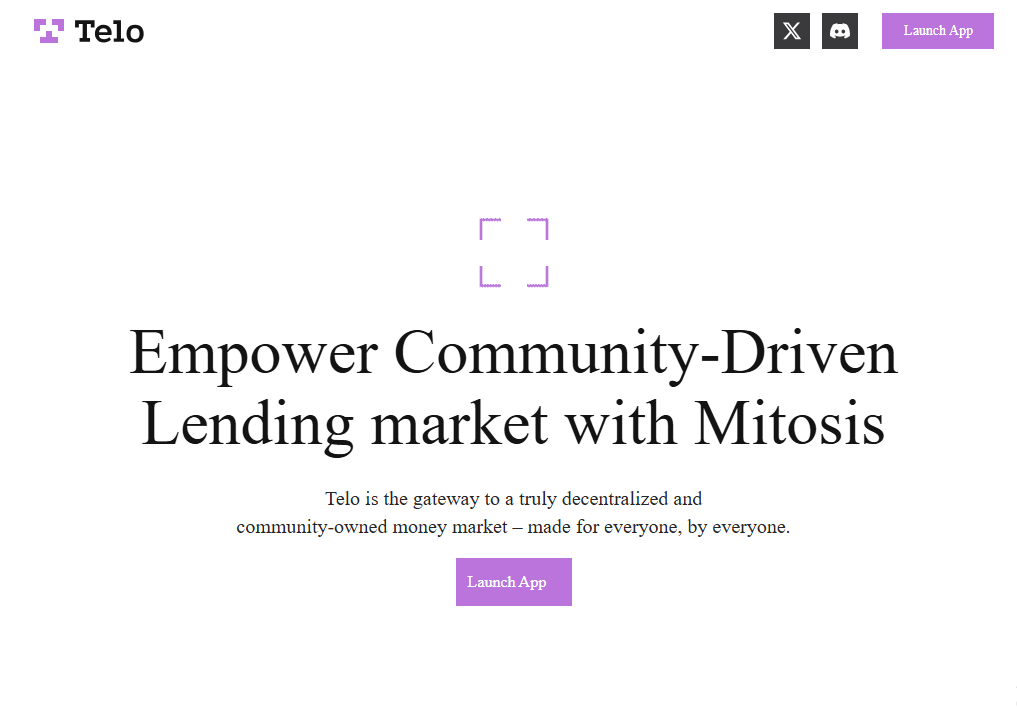
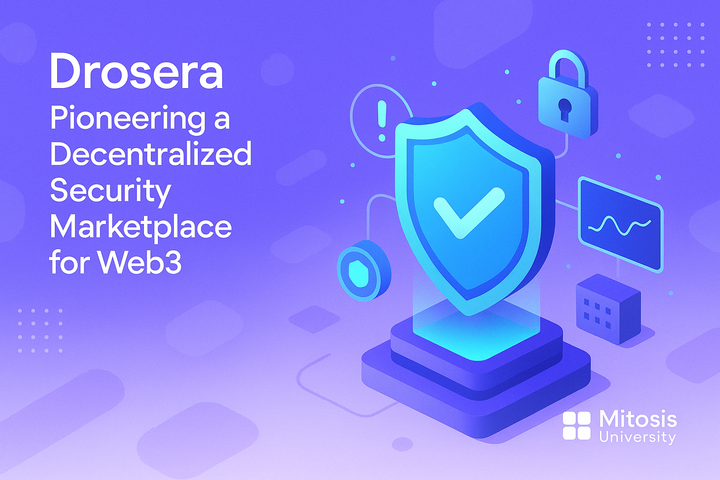
Comments ()